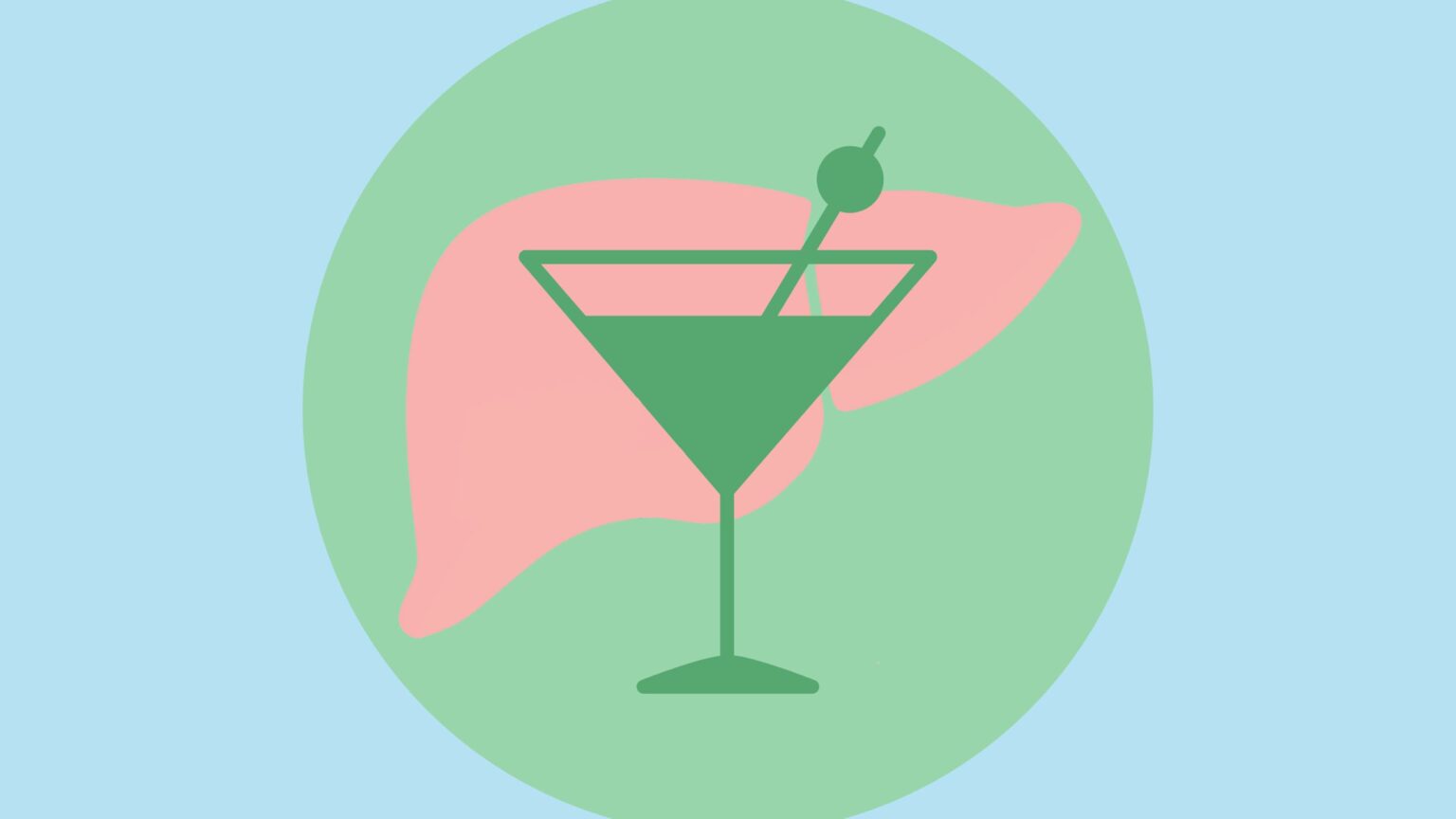MASH occurs when fat builds up in your liver and causes inflammation. Several health problems contribute to MASH, including:
When your liver is already injured, adding alcohol adds trouble.
“Alcohol directly hurts liver cells, causing inflammation,” says Zhaoping Li, MD, PhD, professor of medicine and chief of the division of clinical nutrition at the University of California, Los Angeles. “If the liver is ‘on fire’ because of the excess fat, alcohol can add more fuel and make the fire worse.”
In addition, alcohol has little to no nutritional value and supplies extra calories. Alcohol contains 7 calories per gram (g), more than protein and carbohydrates, and nearly as much as a gram of fat. One alcoholic drink may contain anywhere from 100 to 250 calories or more.
“If the body doesn’t need more energy, it will convert excess calories to fat, which could also contribute to fatty liver,” Dr. Li says.
Alcohol and MASH With Fibrosis
“Unless you know the degree of fibrosis, then you really do not know what your current and future risks will be for the ultimate development of cirrhosis,” says Joe Galati, MD, founder of Liver Specialists of Texas in Houston and author of Eating Yourself Sick.
Your medical team can use a variety of tests to tell you what level of fibrosis you have, from stage 0 (lowest) to stage 4 (highest). In stage 0 or 1, limited alcohol intake may be okay, Dr. Galati says. Li adds that if you do drink, it’s wise to couple this with healthy lifestyle choices, such as daily physical activity, a balanced diet, and adequate sleep.
At higher stages of fibrosis, alcohol damage is even more of a concern.
“Personally, I’d tell [those] patients not to consume alcohol,” Galati says. “You want to preserve every liver cell you can.”
It is also possible to have MASH and alcoholic liver disease at the same time. This condition is called metabolic dysfunction and alcohol-associated/-related liver disease (MetALD).
Read the full article here




